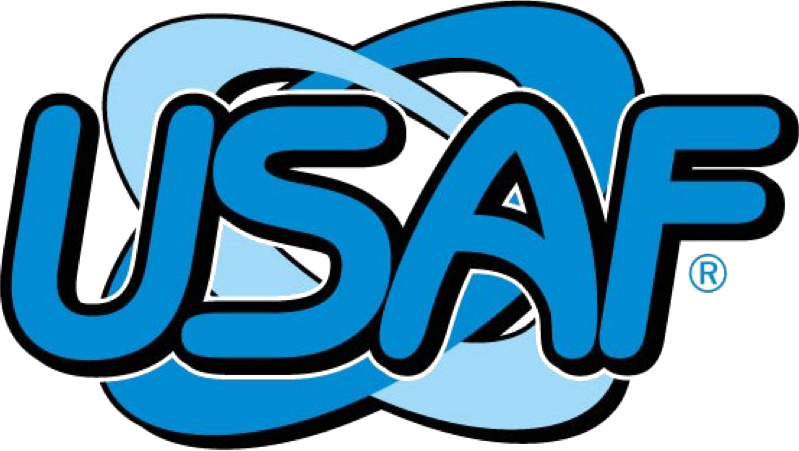
Corrosion
Pitting corrosion or MIC is a very aggressive form of corrosion. This form of corrosion is caused by so-called sulfur-reducing bacteria. Biofilm also plays a role in this. The effects can be dramatic on walls or structures. Steel, stainless steel and other metals can be affected by MIC.
Degradation of the ballast tanks or monopiles will considerably shorten the life of the structure. Much more will also have to be spent on maintenance.
USAF ™ (UltraSound AntiFouling) has been proven to be effective in fighting bacteria in water. See literature study “Ultrasound as a sterilization method” of the University of Utrecht. The USAF ™ transmitters produce micro cavitation bubbles. When these gas bubbles implode, pressure waves of up to 2000 bar are created.
These pressure waves run into the water. Microorganisms in the water are compressed by these pressure waves, causing the cell walls or membranes to rupture. This is the end of the bacteria.
MIC is less likely if the bacteria responsible for it are permanently controlled by USAF ™. The sulfur reducing bacteria are an essential part of the process.
The pressure waves also prevent the formation of a biofilm on the walls of a tank or monopile. In the case of MIC, the oxidation largely takes place under a biofilm.
Biofilm is also responsible for the multiplication of micro-organisms. The biofilm acts as a kind of breeding ground for bacteria. Fighting the biofilm is therefore directly and indirectly beneficial for fighting the bacteria.
Damage to structures by MIC requires a lot of maintenance and will ultimately shorten the total life of the structure considerably.
MIC is a fast-acting oxidizer. It is assumed that 3 mm per year is a normal rate for MIC. This will drastically shorten the life of such constructions.
Sulfur will increase considerably, especially in view of the increasing use of exhaustgas scrubbers. This increases the risk of MIC and intensity.
Applications:
Ballast water tanks ships
Monopiles offshore wind generators
Various constructions
USAF™
Fights bacteria
Disrupts cooperation with sulfur
Ballast water tanks
Monopiles
Anchor chains
Extends object life
Limited maintenance costs
Environmentally friendly
